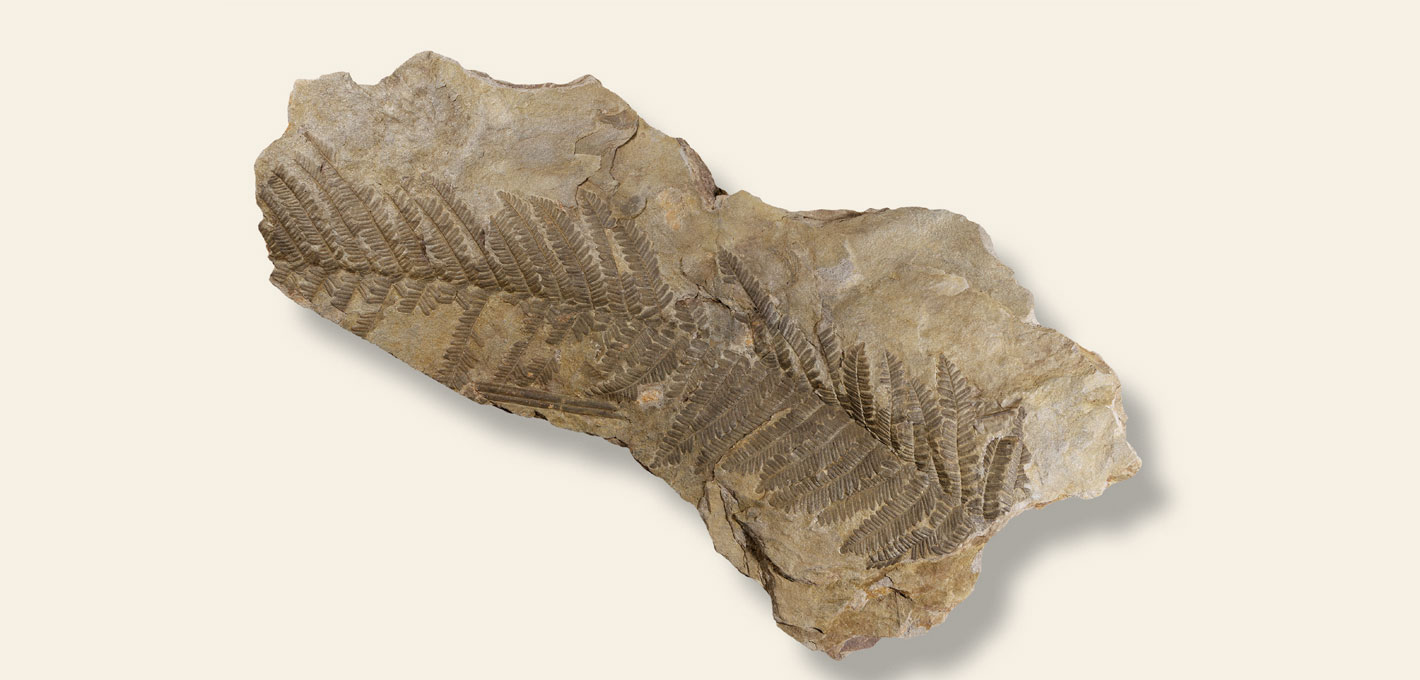Plants
BackClassification
Plants include the Algae, unicellular or multi-cellular organisms with a simple structure, and the Embryophytes (terrestrial plants). Sedimentary rocks that go by the name of Stromatolites are attributed to the activity of mucilaginous algae in shallow waters. They appear as finely laminated structures that were formed by the entrapment of very fine sediments in their mucilage, consisting mainly of carbonate muds. The deposits thus formed were then transformed into rocks through the phenomenon of lithogenesis.
These structures rarely retain traces of the living organism that produced them.
________________________________________
The Embriophytes are divided into:
The Bryophyta (Bryophytes): these include the most primitive terrestrial plants, with roots, stems and rudimentary leaves and without a vascular system. They appeared during the Devonian and still exist today.
The Tracheophyta (Tracheophytes) include plants with a body organized into roots, stem and leaves. These are plants with a vascular system that have successfully colonized even the most extreme sub-aerial environments. The ferns, gymnosperms (conifers) and angiosperms (plants characterized by the presence of flowers) are members of the Tracheophyta.
The chronological distribution and evolution of plants
The colonization of the land by plants belonging to a group of green algae (the Chlorophytes) began about 450 million years ago, during the Ordovician,. Before that time, life was linked to water and the organisms capable of photosynthesis were mainly represented by algae and bacteria. To “conquer” dry land, the plant-based organisms had to progressively adapt to the new environment. The transition forms were represented by the Bryophytes, that develop a primitive organ for anchoring themselves to the substrate and a rudimentary stem with small leaflets. Subsequently, tree ferns, horsetails and lycopods developed a vascular system for the distribution of sap. The tree-ferns (with seeds) that were typical of the Carboniferous and are now extinct, constituted the most important evolutionary path. The first Spermatophytes (seed-bearing plants) spread from the Permian onwards, until, during the Mesozoic, through the Angiosperms (plants with flowers), the vegetation assumed its current appearance. The development and spread of plants contributed to enriching the atmosphere with oxygen, an essential element for the development of animal life on dry land.
Their locations within the Geopark area
The lush equatorial forests that developed during the Carboniferous have left the most significant fossil evidence in this area and are particularly found in the set of rock formations that are defined as the “Permo-Carboniferous Pontebbano”. From the border strip between Italy and Austria, in the areas of Cason di Lanza (Paularo) and Passo Pramollo (Pontebba), there are slabs of sandstone and siltstone with perfectly preserved arborescent fern fronds, but also fragments of branches and trunks, seeds and other plant remains.

